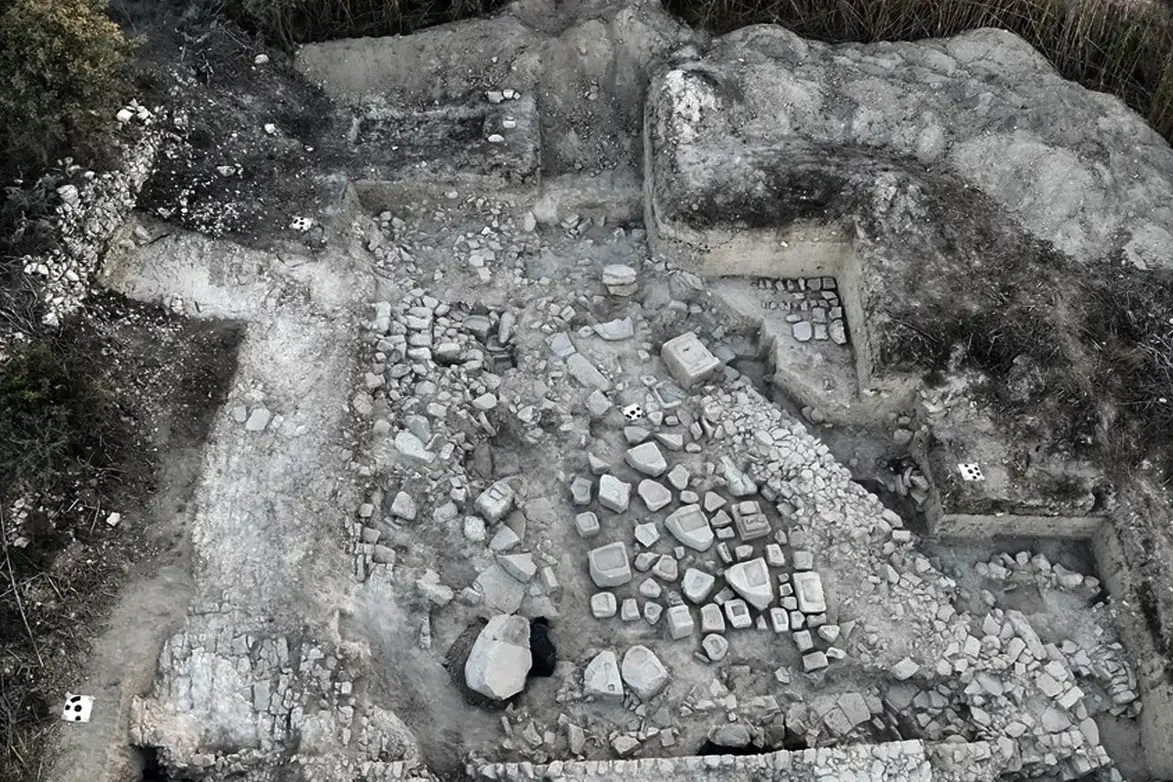Archaeologists have rediscovered a long-lost sanctuary dedicated to Apollo in the Frangissa Valley near the ancient city-kingdom of Tamassos, Cyprus—an important site originally excavated in 1885 by German archaeologist Max Ohnefalsch-Richter but whose exact location had been forgotten.
Since 2021, teams from the Universities of Frankfurt and Kiel/Würzburg have been working to relocate the original excavation, which had been backfilled following its completion. Their efforts paid off in 2024, when they identified the sanctuary near the village of Pera Orinis. Excavations have since uncovered architectural foundations and a courtyard used for dedications.
According to a press release from the Republic of Cyprus, archaeologists have found more than 100 statue bases, including several colossal pedestals that once supported enormous votive limestone statues from the Archaic period (7th–6th centuries BC).
“It was an unexpected find—not only the bases for votive statues, but also numerous statue fragments in the 19th-century backfill,” noted the Department of Antiquities. “It seems these fragments were not recognised as significant during the original 1885 dig.”
Among the discoveries are two inscribed bases—one bearing Cypro-Syllabic script, and the other referencing the Ptolemies, the Hellenistic dynasty that ruled Egypt and Cyprus.
These findings suggest the sanctuary was a prominent religious hub well beyond the Archaic period. A large peristyle courtyard, likely used for ceremonial banquets, points to the site's continued use during the Hellenistic era.
Unusually for sanctuaries of this period, archaeologists also found votive objects not typically associated with Hellenistic worship, including marbled glass beads and Egyptian faience amulets.







